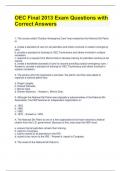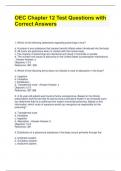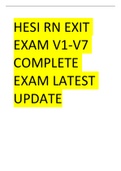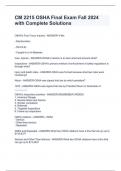Samenvatting
Summary Advanced Medical Microbiology - Test 3 (Bacterial part)
This is a small summary for the course Advanced Medical Microbiology from the master Biomedical Sciences at the UvA. It includes all the information you need for the first test of this course including lectures from Tanneke den Blaauwen, Leendert Hamoen, Yvonne Pannekoek, Peter van Ulsen, Aldert Ba...
[Meer zien]








